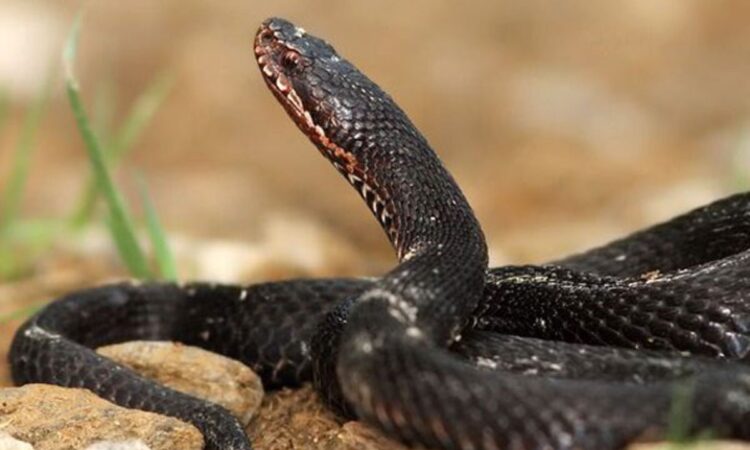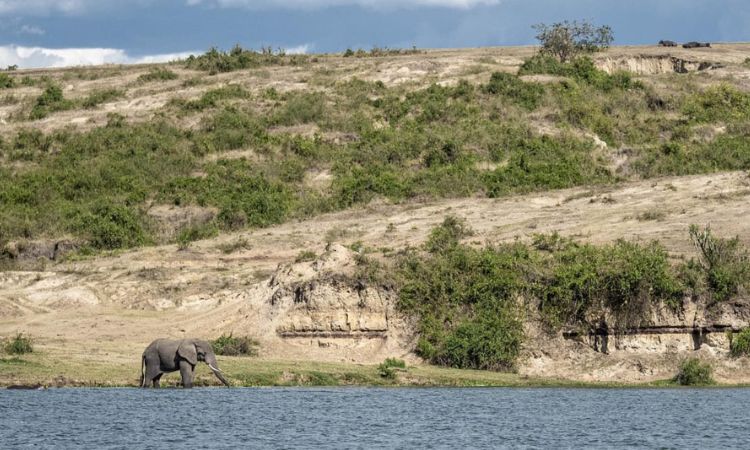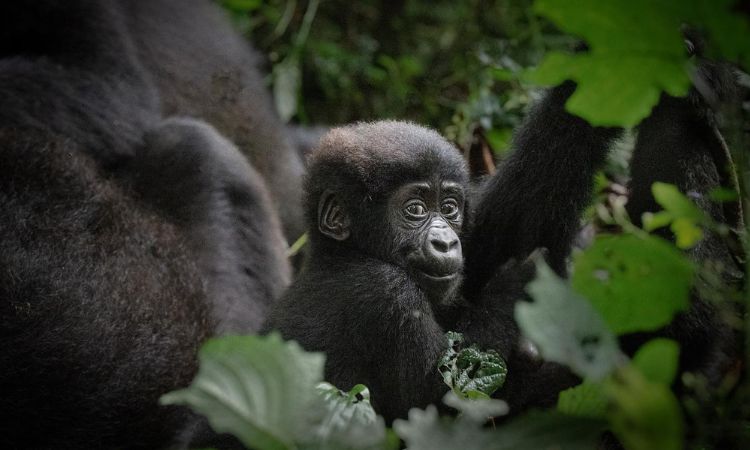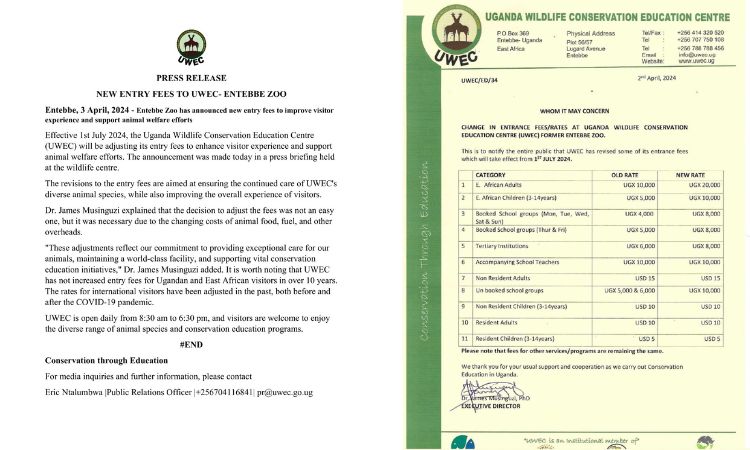Uganda Reptile Village: A Must-Visit Reptile Sanctuary in Entebbe
Discover the captivating world of Uganda’s reptiles at the Uganda Reptile Village, a premier eco-tourism destination near Entebbe.
This unique reptile sanctuary in Uganda offers an immersive experience into conservation efforts, showcasing over 20 species of rescued reptiles while educating visitors on their vital role in the ecosystem.
Nestled close to Entebbe International Airport, it’s an ideal stopover for travelers exploring things to do near Entebbe, whether before heading to gorilla trekking or after a day at the Uganda Wildlife Education Centre.
Founded in 2002 by reptile expert Yasin Kazibwe, the village focuses on rescuing endangered species like snakes and crocodiles from human conflicts, rehabilitating them, and promoting safe coexistence.
With guided tours highlighting reptile behavior and venom safety, a visit to Uganda Reptile Village promises thrilling photo opportunities and insightful talks, making it a highlight for wildlife enthusiasts and families alike. (Word count so far: ~120)
Introduction to Uganda Reptile Village
The Uganda Reptile Village stands as a beacon for reptile conservation in Uganda, transforming fears into fascination through hands-on education and protection initiatives.
Located just a short drive from Entebbe town, this community-based organization rescues reptiles from poaching, habitat loss, and human-wildlife conflicts, providing a safe haven for species that are often misunderstood and persecuted.
Visitors are greeted by knowledgeable guides who lead tours through enclosures mimicking natural habitats, sharing stories of rehabilitation and release efforts.
As a key player in eco-tourism, the village partners with local communities to foster awareness, reducing illegal killings and promoting biodiversity preservation.
It’s particularly appealing as a complementary visit to nearby attractions like the Entebbe Botanical Gardens or the Uganda Wildlife Conservation Education Centre, offering a focused dive into Uganda’s reptilian diversity.
Whether you’re a seasoned traveler or a curious adventurer, planning a visit to Uganda Reptile Village ensures an unforgettable encounter with nature’s stealthy guardians.
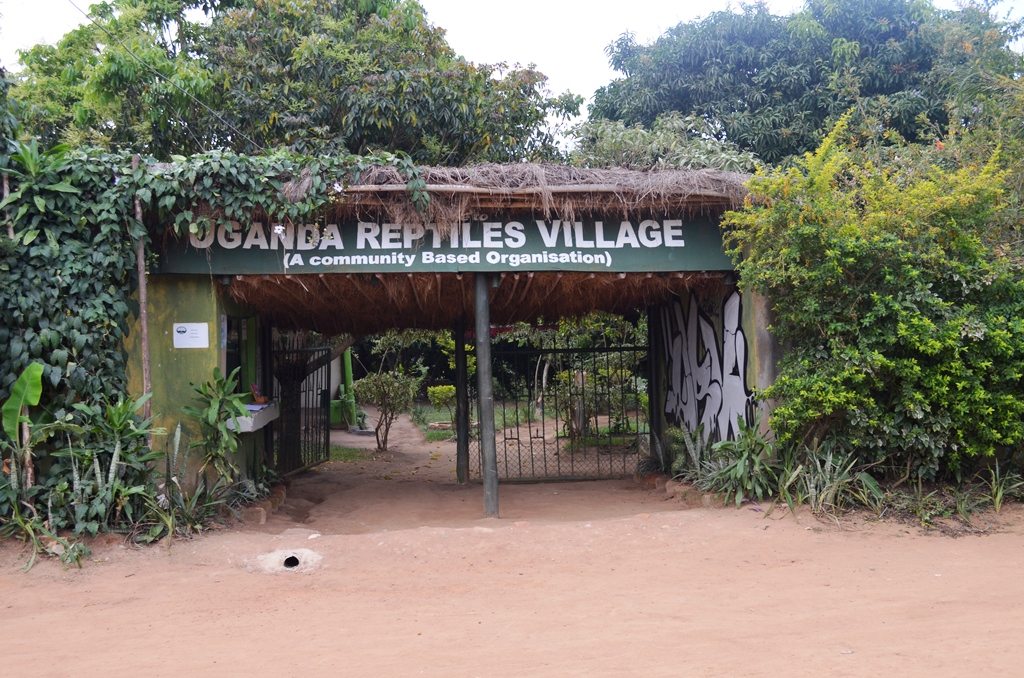
Location & Accessibility of Uganda Reptile Village
Situated in Abaita Ababiri village along the Entebbe-Kampala highway, the Uganda Reptile Village is approximately 3-4 km from Entebbe town center and about 20 minutes from Entebbe International Airport, making it highly accessible for arriving or departing travelers.
This strategic spot positions it as one of the top things to do near Entebbe, especially for those with layovers or short stays before venturing deeper into Uganda’s safaris.
The village lies off the main highway in a lush, green area near Lake Victoria, with coordinates around 0.078° N, 32.478° E for easy navigation via Google Maps.
Reaching it is straightforward: opt for a boda boda (motorcycle taxi) for quick, affordable rides from Entebbe town, hire a taxi or private car for comfort, or join organized tours from Kampala, which is about an hour away.
The access road can be bumpy and muddy during rainy seasons, so a sturdy vehicle is recommended, but the scenic drive through suburban Entebbe enhances the journey.
For enhanced user experience, embed a Google Map showing the route from key landmarks like the airport or Uganda Wildlife Education Centre (UWEC).
This proximity not only boosts its appeal as a reptile sanctuary in Uganda but also integrates seamlessly into broader Entebbe explorations.
Attractions & Activities at Uganda Reptile Village
At the heart of the Uganda Reptile Village are its diverse attractions and engaging activities that blend education with adventure.
Explore over 50 individual reptiles across 20 species, housed in secure enclosures including ponds for crocodiles and basins for tortoises.
Guided tours, led by passionate local conservationists, delve into reptile behavior, venom myths, and safety tips, often lasting 1-2 hours and allowing safe interactions like holding non-venomous snakes under supervision.
Feeding sessions provide mesmerizing views of pythons constricting prey or monitors scavenging, while photo opportunities abound with chameleons’ color shifts and viper camouflage.
Beyond viewing, the village features a 3 km man-made river stream for canoe cruising and sport fishing in swampy areas teeming with birds and monkeys.
Nature walks through green surroundings offer birdwatching and relaxation, with kids’ playgrounds making it family-friendly.
These experiences highlight the village’s role in reptile conservation in Uganda, turning a simple visit into an interactive lesson on biodiversity. For those seeking more, combine with nearby Entebbe activities for a full day of wildlife immersion.
Reptile Species to Expect
The Uganda Reptile Village boasts an impressive array of species, offering close encounters with Uganda’s most iconic and elusive reptiles.
Key highlights include the massive African Rock Python, capable of constricting large prey; the highly venomous Puff Adder and Gaboon Viper, known for their potent bites; the agile Green Mamba and Forest Cobra, masters of tree-dwelling hunts; the robust Nile Monitor, a scavenging lizard up to 6 feet long; and the sturdy Leopard Tortoise, with its patterned shell.
Chameleons like the Flap-necked and Jackson’s varieties showcase remarkable camouflage, while Boomslangs and skinks add to the diversity. Crocodiles patrol ponds, and tortoises roam open basins.
These rescued animals, from over 40 snake species alone, represent reptile conservation in Uganda’s efforts to protect endangered wildlife.
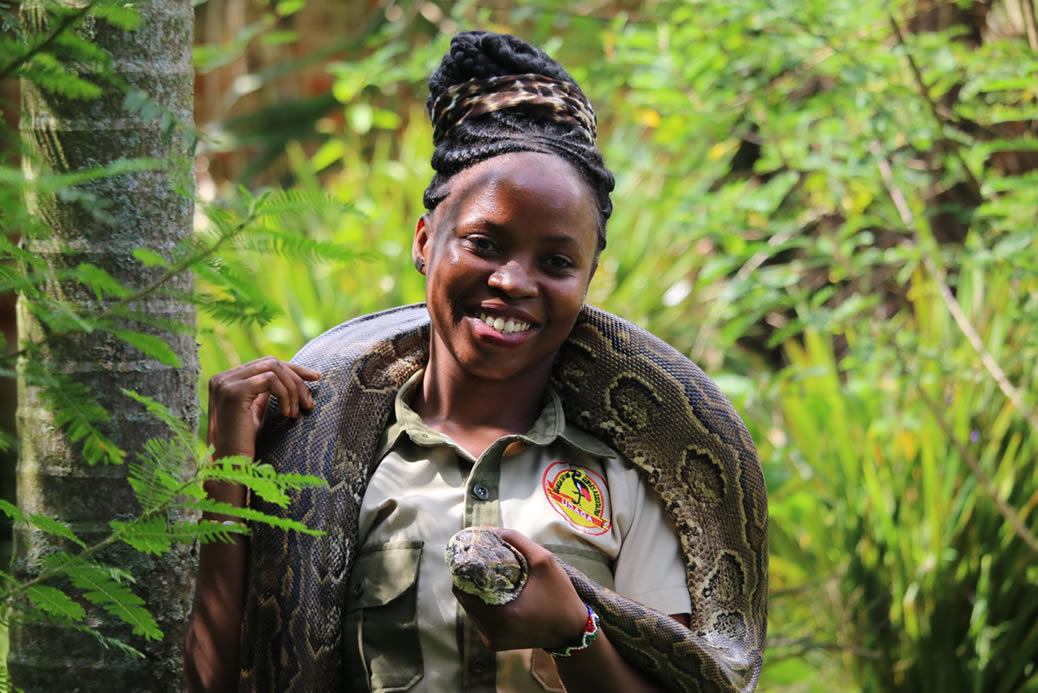
Conservation & Community Involvement
Reptile conservation in Uganda thrives at the Uganda Reptile Village through dedicated rescue, rehabilitation, and release programs that address threats like habitat destruction and human conflicts.
The village actively responds to reports of reptiles in danger, providing medical care and suitable habitats before reintroducing healthy individuals to the wild.
Educational initiatives target local communities, teaching safe coexistence—such as avoiding killing non-aggressive species—and dispelling myths that fuel extermination.
Partnerships with the Uganda Wildlife Authority (UWA) and schools amplify outreach, including talks and visits that build E-E-A-T signals of expertise and trustworthiness.
As a community-based organization, it empowers locals via job creation for guides and caretakers, while entrance fees fund operations and environmental protection of forests, swamps, and water bodies essential for reptile survival.
This holistic approach not only safeguards biodiversity but also fosters sustainable eco-tourism, positioning the village as a model for reptile sanctuary in Uganda. (Cumulative: ~1120)
Uganda Reptile Village Entrance Fees, Opening Hours
Practical details make visiting Uganda Reptile Village straightforward and budget-friendly. Entrance fees are approximately USD 8 for adult tourists and USD 5 for children, with locals paying around UGX 5,000-10,000; these support conservation and community livelihoods.
The site operates daily from 8:00 AM to 6:00 PM, including weekends and holidays, allowing flexible scheduling for things to do near Entebbe. Group tours and school visits are welcomed, often with customized educational programs.
For inquiries, reach out via the Facebook page at Uganda Reptile Village or contact founder Yasin Kazibwe through local tour operators, as direct phone/email details are limited but available via partners like +256 772 446879 for guided arrangements.
Confirm fees and hours in advance, as they may vary slightly, and consider combining with Uganda Reptile Village entrance fee queries for bundled packages.
Best Time to Visit Uganda Reptile Village
The optimal time to visit Uganda Reptile Village aligns with Uganda’s dry seasons from June to August and December to February, when roads are more accessible and reptiles are active and easier to spot basking in the sun.
These periods offer pleasant weather, reducing mud on access paths and enhancing outdoor activities like tours and canoeing.
Avoid peak rainy months (March-May, October-November) for better visibility and comfort, though the village remains open year-round.
Frequently Asked Questions (FAQs)
Where is Uganda Reptile Village located?
It’s in Abaita Ababiri village, about 3-4 km off the Entebbe-Kampala highway, near Entebbe town.
What reptiles can you see at Uganda Reptile Village?
Expect sipecies like African Rock Pythons, Puff Adders, Gaboon Vipers, Green Mambas, Nile Monitors, Leopard Tortoises, and various chameleons.
How much is the entrance fee for Uganda Reptile Village?
Tourists pay around USD 8 for adults and USD 5 for children; locals pay UGX 5,000-10,000.
Is Uganda Reptile Village safe to visit?
Yes, enclosures are secure, and guides ensure safety during interactions, making it suitable for families.
Plan your trip to Uganda Reptile Village today! Contact us to arrange guided tours or combined wildlife packages from Entebbe.
